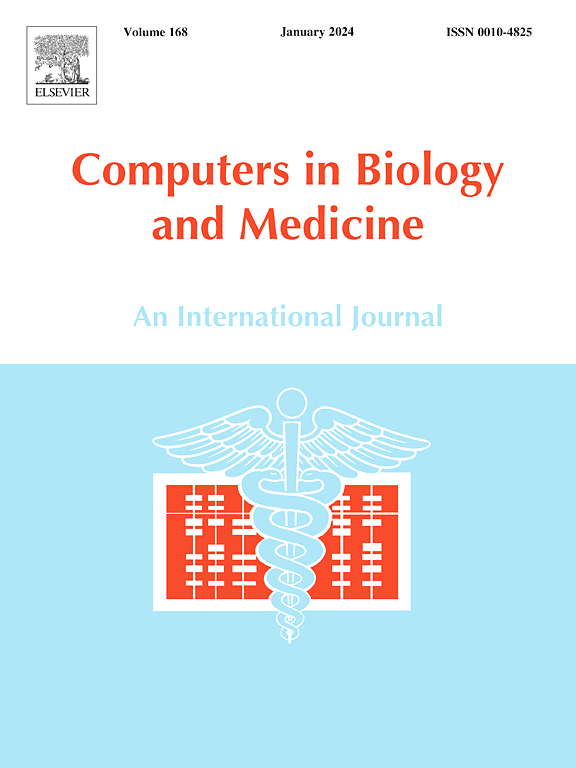Ocular surface microbiome: Influences of physiological, environmental, and lifestyle factors
IF 7
2区 医学
Q1 BIOLOGY
引用次数: 0
Abstract
Purpose:
The ocular surface (OS) microbiome is influenced by various factors and impacts on ocular health. Understanding its composition and dynamics is crucial for developing targeted interventions for ocular diseases. This study aims to identify host variables, including physiological, environmental, and lifestyle (PEL) factors, that influence the ocular microbiome composition and establish valid associations between the ocular microbiome and health outcomes.
Methods:
The 16S rRNA gene sequencing was performed on OS samples collected from 135 healthy individuals using eSwab. DNA was extracted, libraries prepared, and PCR products purified and analyzed. PEL confounding factors were identified, and a cross-validation strategy using various bioinformatics methods including Machine learning was used to identify features that classify microbial profiles.
Results:
Nationality, allergy, sport practice, and eyeglasses usage are significant PEL confounding factors influencing the eye microbiome. Alpha-diversity analysis revealed significant differences between Spanish and Italian subjects (-value 0.001), with a median Shannon index of 1.05 for Spanish subjects and 0.59 for Italian subjects. Additionally, 8 microbial genera were significantly associated with eyeglass usage. Beta-diversity analysis indicated significant differences in microbial community composition based on nationality, age, sport, and eyeglasses usage. Differential abundance analysis identified several microbial genera associated with these PEL factors. The Support Vector Machine (SVM) model for Nationality achieved an accuracy of 100%, with an AUC-ROC score of 1.0, indicating excellent performance in classifying microbial profiles.
Conclusion:
This study underscores the importance of considering PEL factors when studying the ocular microbiome. Our findings highlight the complex interplay between environmental, lifestyle, and demographic factors in shaping the OS microbiome. Future research should further explore these interactions to develop personalized approaches for managing ocular health.

求助全文
约1分钟内获得全文
求助全文
来源期刊

Computers in biology and medicine
工程技术-工程:生物医学
CiteScore
11.70
自引率
10.40%
发文量
1086
审稿时长
74 days
期刊介绍:
Computers in Biology and Medicine is an international forum for sharing groundbreaking advancements in the use of computers in bioscience and medicine. This journal serves as a medium for communicating essential research, instruction, ideas, and information regarding the rapidly evolving field of computer applications in these domains. By encouraging the exchange of knowledge, we aim to facilitate progress and innovation in the utilization of computers in biology and medicine.
 求助内容:
求助内容: 应助结果提醒方式:
应助结果提醒方式:


